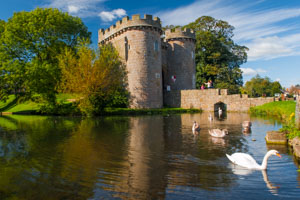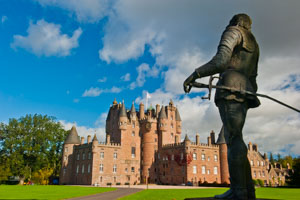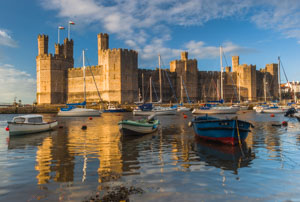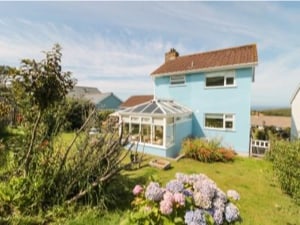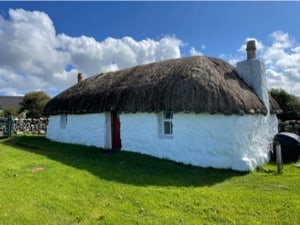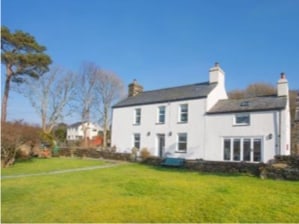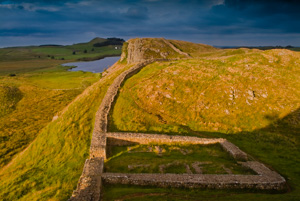Explore
A Passion for British Heritage
For over 20 years, the Britain Express family have toured England, Scotland, and Wales, visiting historic sites, taking thousands of photographs, and sharing our passion for Britain with the world. We love exploring the UK, and hope that whether you're a Brit or a tourist, you'll take every chance to discover British history and landscape for yourself, and enjoy the wonderful heritage that awaits in every corner of this wonderful country. Get inspired - Explore Britain's Heritage!
Most of our family travelling is done via stays in self catering cottages, where we can unwind and tour one area in-depth for a week or even 2 at a time.
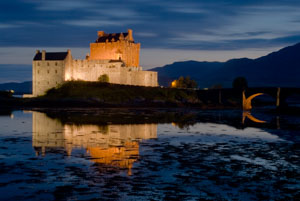
Our family has visited over 5,000 historic sites in Britain, from Cornwall to Caithness and Anglesey to Norfolk, from castles to picturesque villages - there's so much to see!
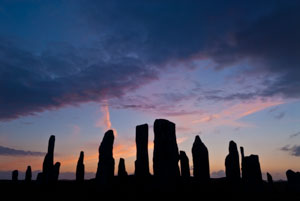
History of Britain - the full text of the 1912 book
English
Culture
What makes England so ... English? From hedgerows to the history of tea, pastimes to traditional crafts.
British Biography
Our look at the lives of famous people in art, architecture, science, and literature.

Cornwall is one of the most popular visitor destinations in England, and for good reason; the county boasts incredible coastal scenery, picturesque villages, and spectacular historical sites.In this …
more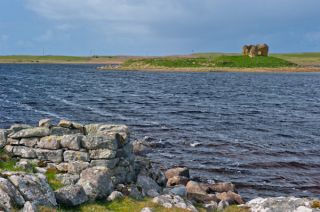
Caisteal Bheagram
Drimsdale, Highlands and Islands, Scotland
Despite the name, this is not a 'castle', but a small fortified tower, built by Clanranald on a small island in the centre of Loch an Eilean. The two-storey tower dates to the late 15th or early 16th century, and probably stands atop an Iron Age broch.
Butt of Lewis Lighthouse - Isle of Lewis, Scotland
Bridge over the Atlantic - Seil, Argyll
Achmore Stone Circle - Isle of Lewis, Scotland
Dun Eistean - Isle of Lewis, Scotland
Clach an Truiseil Standing Stone - Isle of Lewis, Scotland
Cobham Mausoleum - Cobham, Kent, England
Torcross - Devon, England
Berwick-upon-Tweed Barracks and Main Guard - Berwick-upon-Tweed, Northumberland, England

